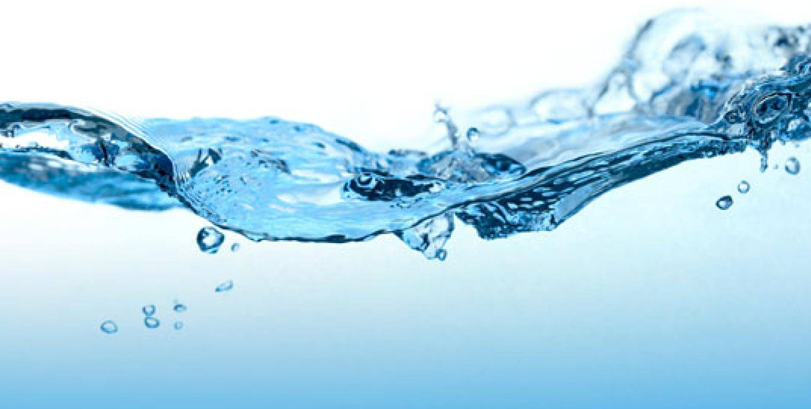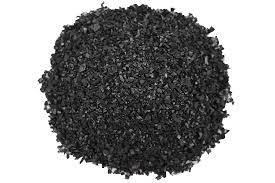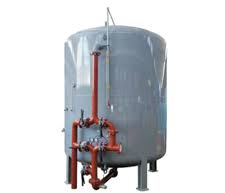KWR – Predicting the Removal Performance of Activated Carbon Filters in Water Treatment #SWI2019
In the Netherlands, about one-third of the drinking water is produced out of surface water that may contain all kinds of micropollutants (pesticides, pharmaceuticals, industrial compounds). A large fraction of these drinking water production sites uses filtration by sorption onto activated carbon as an important barrier for micropollutants that are present in the water. The large surface area and pore characteristics of activated carbon allow the sorption of a variety of chemical compounds until the maximum sorption capacity is reached. The operation of activated carbon filters is performed semi-continuously, i.e. water is fed continuously to a filter column and trickles through the filter media grains by gravitation. The activated carbon filter is operated until the filter media are saturated with the dissolved substances that were originally present in the influent water. Then, after a runtime of approximately 1 to 3 years, the filter media are replaced by fresh or regenerated material, and the same cycle is repeated. Competition with natural organic matter (NOM) that is always present in the water at a much higher concentration than the micropollutants has a large influence on the saturation of the activated carbon.
KWR has developed a dynamical model of activated carbon filters with granular media to assist water companies in troubleshooting and decision support. A model of the activated carbon filtration process has value because (i) the removal efficiency of a (newly detected) micro-pollutant that is present in surface water can be predicted, and (ii) a model can assist in obtaining the optimal frequency of filter media regeneration or replacement. The model is able to simulate the (initial) removal of two components during a filtration run, i.e. natural organic matter (NOM) like humic acids and a micropollutant like ibuprofen. A central part of this model is the isotherms of the components. Isotherms describe how much is adsorbed to the activated carbon at a given concentration. The isotherm of each pure component contributes to the isotherm of the mixture. Because the isotherm of the mixture depends on the concentration of both components, solving for the concentration of the two components is tightly coupled. Furthermore, isotherms vary widely between different components and are highly non-linear illustrating that this system is very stiff. This leads to large computational time and sometimes even prevents convergence of the solution.
The objective of this challenge is to develop an efficient, numerical model that simulates multi-component sorption in activated carbon (plug flow) filtration.
Activated carbon, in granular form (left) An activated carbon filtration vessel in water treatment practice (right).



